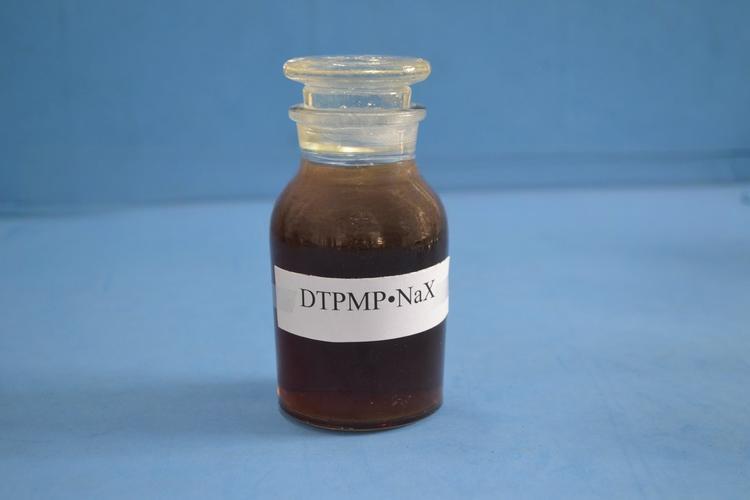+86-13961672821
+86-510-86268020
trust@hi2000.com
trust@hi2000.com
Room 807,No.169 Changjiang road,Huifu plaza,New centre,Jiangyin,Jiangsu China



Views: 0 Author: Site Editor Publish Time: 2025-09-27 Origin: Site










Industrial water systems face persistent issues with calcium carbonate (CaCO₃) and calcium sulfate (CaSO₄) scale formation, particularly in alkaline environments. This scaling directly undermines heat transfer efficiency and equipment longevity. Enter BHMTPMP (bis(hexamethylene) triamine pentamethylene phosphonic acid)—a chelating scale inhibitor gaining traction for its remarkable ability to handle extreme calcium levels while preventing diverse scale types. Below, we’ll unpack BHMTPMP’s unique chemistry, how it combats scale, and its real-world effectiveness in high-pH scenarios.
What sets BHMTPMP apart? Its polyphosphonic acid structure acts like a multi-pronged claw, grabbing calcium ions (Ca²⁺) with unusual tenacity. Field tests confirm it sequesters calcium even at brutal concentrations (≤2000 ppm)—far outperforming conventional inhibitors. This tolerance proves critical in alkaline systems where rising pH amps up calcium reactivity. Essentially, BHMTPMP keeps dissolved calcium "in check," delaying saturation and slashing precipitation risks before scales can form.
Here’s another advantage: BHMTPMP laughs at alkaline conditions (pH 8–12). It resists hydrolysis and shrugs off temperatures ≤120°C, making it a workhorse for boiler feeds and cooling loops. Unlike weaker inhibitors that break down when things get harsh, this molecule stays effective. Operators report consistent performance where others falter—especially in high-heat industrial settings.
Calcium carbonate scale thrives in alkaline water via Ca²⁺ + CO₃²⁻ → CaCO₃↓. BHMTPMP counters this through two clever moves:
Crystal distortion: It warps growing crystals into harmless, non-sticky blobs
Particle suspension: Tiny crystals get dispersed, preventing surface buildup
Lab data shows just 5–10 ppm BHMTPMP blocks >90% of CaCO₃ scaling, even with calcium hardness ≤500 ppm (as CaCO₃).
Calcium sulfate (gypsum) poses a stealthier risk in sulfate-rich systems. BHMTPMP fights back by:
Solubility enhancement: Chelating both Ca²⁺ *and* SO₄²⁻ ions
Nucleation blocking: Stopping crystal birth altogether
This dual action suppresses scaling even when calcium sulfate ion products hit 150% of theoretical solubility limits. In practice, it means reliable protection where sulfate concentrations spike.
BHMTPMP truly excels in messy, real-world water—think high TDS, fluctuating Ca/Mg ratios, and mixed ions (carbonate/sulfate/bicarbonate). It’s become a go-to for:
Oilfield produced water: Prevents scale in calcium-heavy, salt-saturated flows
Power plant cooling: Maintains heat-exchanger efficiency by stopping surface crusting
Industrial boilers: Endures steam temperatures while controlling deposits
Beyond performance, BHMTPMP delivers environmental wins:
Low-dose efficiency: Cuts chemical use vs. traditional inhibitors
Biodegradability: Breaks down responsibly post-use
Cost savings: Less downtime, fewer cleanings, reduced waste handling
Notably, polycarboxylate alternatives often fail in high-calcium alkaline systems—forcing plants into costlier, less eco-friendly treatment cycles.
BHMTPMP stands out as a heavyweight solution for alkaline scale control. By merging robust calcium tolerance with crystal modification and dispersion, it solves core scaling issues in punishing industrial environments. The payoff? Extended equipment life, fewer shutdowns, and smoother operations. As industries push for greener, cost-effective water treatment, BHMTPMP’s blend of chemistry and sustainability makes it a compelling choice—proving advanced scale prevention doesn’t require toxic tradeoffs.